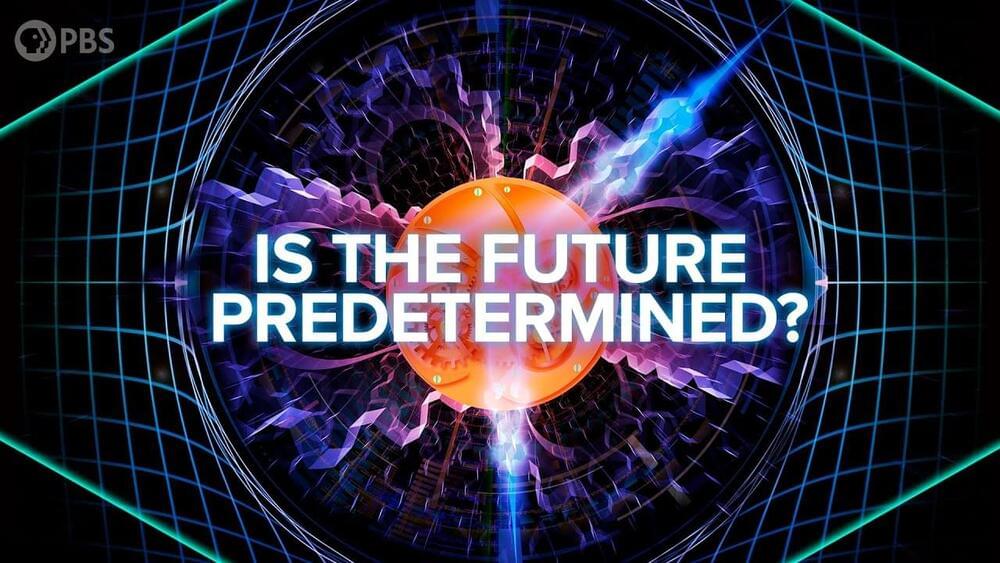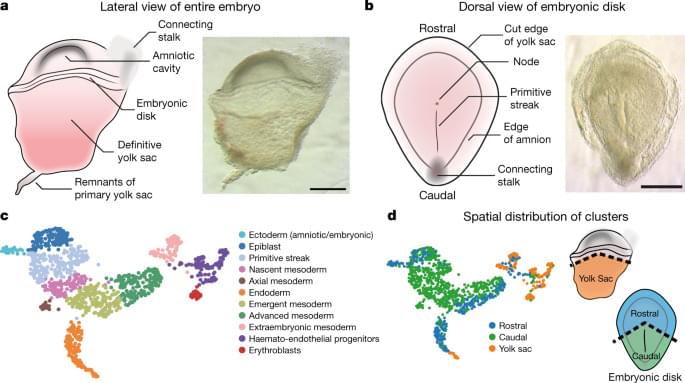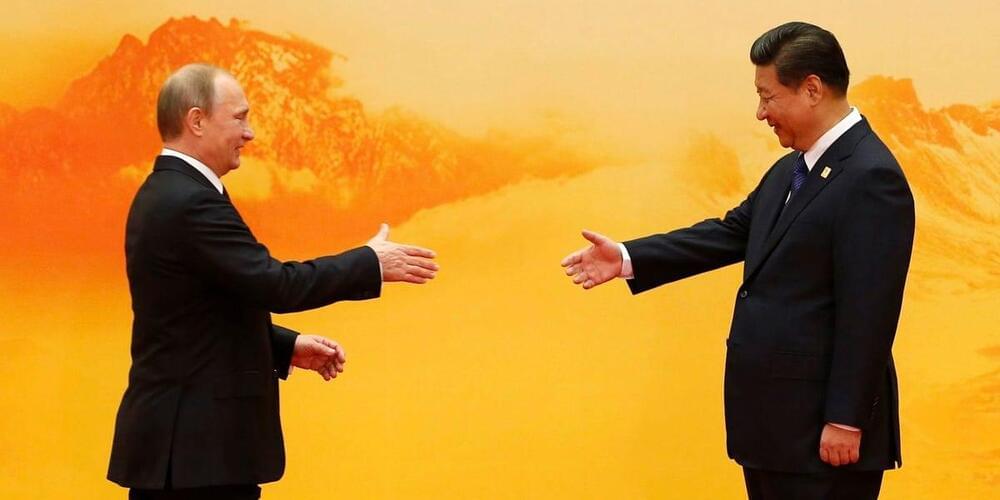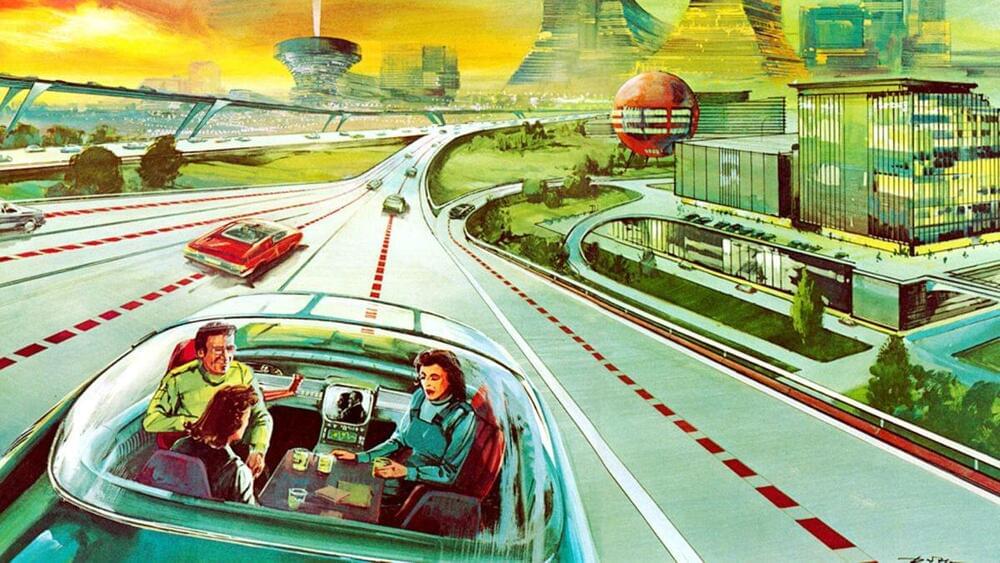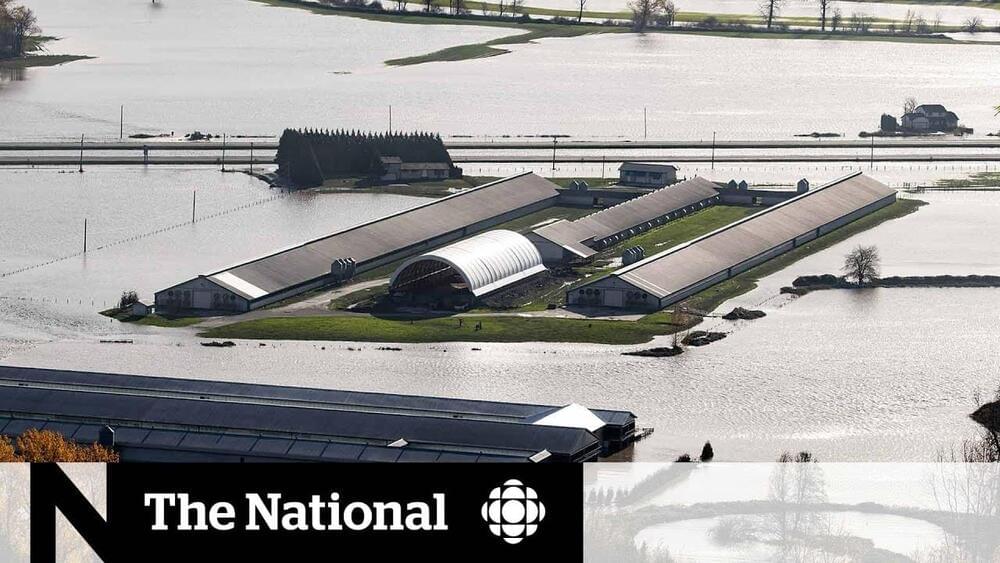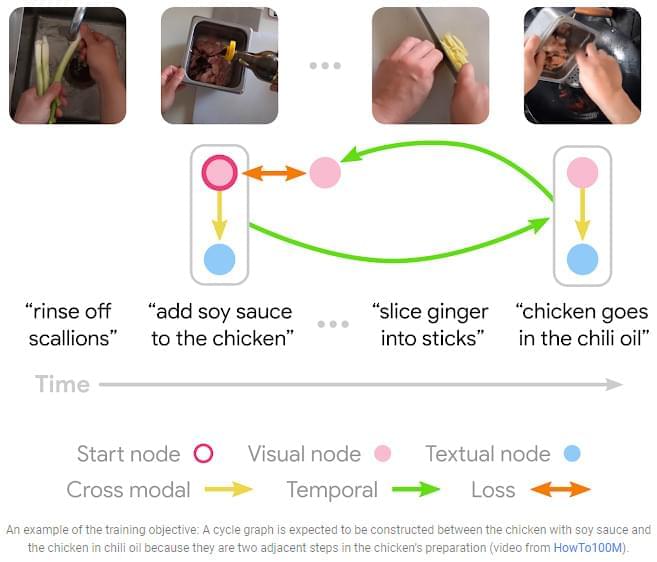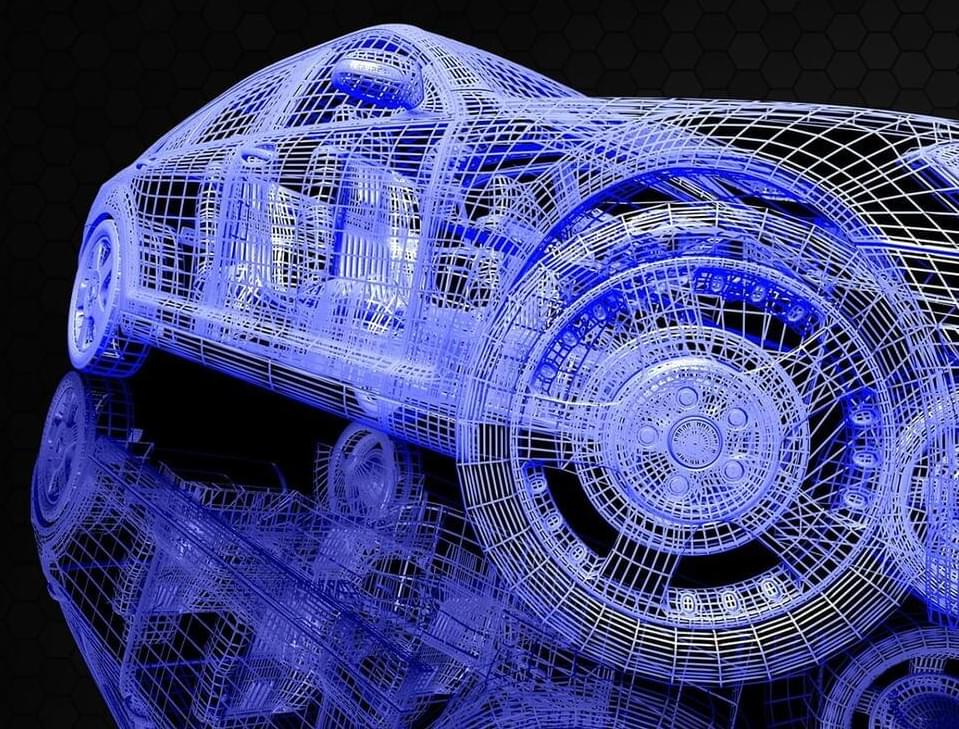PBS Member Stations rely on viewers like you. To support your local station, go to: http://to.pbs.org/DonateSPACE
↓ More info below ↓
Einstein’s special theory of relativity combines space and time into one dynamic, unified entity — spacetime. But if time is connected to space, could the universe be anything but deterministic? And does that mean that the future is predestined?
Sign Up on Patreon to get access to the Space Time Discord!
https://www.patreon.com/pbsspacetime.
Check out the Space Time Merch Store.
https://pbsspacetime.com/
Sign up for the mailing list to get episode notifications and hear special announcements!
https://mailchi.mp/1a6eb8f2717d/spacetime.
Hosted by Matt O’Dowd.
Written by Matt O’Dowd.
Graphics by Leonardo Scholzer, Yago Ballarini, & Pedro Osinski.
Directed by: Andrew Kornhaber.
Camera Operator: Setare Gholipour.
Executive Producers: Eric Brown & Andrew Kornhaber.
